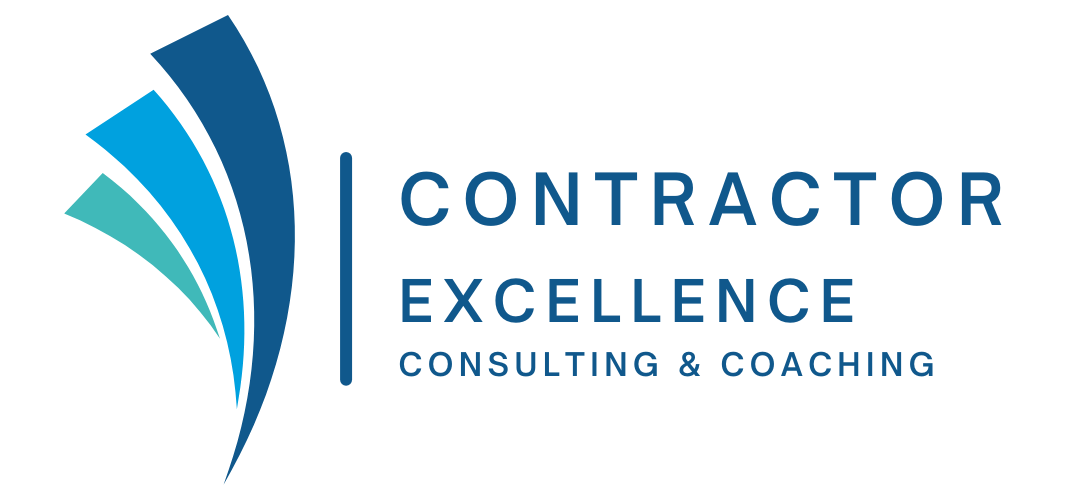Understanding Return on Ad Spend (ROAS)
Understanding and Maximizing Your Return on Ad Spend (ROAS): A Key Metric for Smart Marketing Investments
In the dynamic world of marketing – whether you choose print or digital marketing - every dollar you spend needs to work hard. You're constantly bombarded with new platforms, targeting options, and creative formats, all promising to deliver exceptional results. But how do you cut through the noise and make truly informed decisions about where to invest your marketing budget? The answer lies in understanding a crucial metric: Return on Ad Spend (ROAS).
What is Return on Ad Spend (ROAS)?
At its core, ROAS is a simple yet powerful indicator of your advertising efficiency. It measures the amount of revenue generated for every dollar spent on advertising. The formula is straightforward:
ROAS = Cost of the Ad Campaign Divided by the Revenue from the Ad Campaign
For example, if you spend $1,000 on an ad campaign and it generates $5,000 in revenue, your ROAS is 5x (or 500%). This means that for every dollar you invested, you received five dollars back.
Why is ROAS so important?
- Directly links ad spend to revenue: Unlike metrics that focus on clicks or impressions, ROAS directly ties your advertising efforts to your bottom line.
- Aids in budget allocation: A high ROAS indicates an effective campaign, helping you identify where to allocate more budget for maximum impact.
- Enables performance evaluation: It provides a clear benchmark to assess the success of individual campaigns, ad groups, and even keywords.
- Supports strategic decision-making: By understanding ROAS, you can make smarter, data-driven decisions about your overall marketing strategy.
Beyond the Number: What to Consider When Comparing Ad Campaign Options
While a higher ROAS is generally better, simply looking at the raw number when comparing different ad campaign options can be misleading. A more nuanced approach is required to ensure you're making the best strategic choices. Here are several key factors to consider:
1. Profit Margins and Lifetime Value (LTV):
- Not all revenue is equal: A campaign with a high ROAS might be selling low-margin products, while a campaign with a slightly lower ROAS might be driving sales of high-margin items. Always consider the profit generated, not just the revenue.
- Customer Lifetime Value (LTV): Some campaigns might acquire customers with a high LTV, meaning they'll make repeat purchases over time, contributing significantly to your long-term profitability. A campaign that looks less efficient in terms of immediate ROAS might be a winner when considering LTV.
2. Attribution Models:
- The customer journey is complex: Customers often interact with multiple touchpoints (ads, organic search, social media) before making a purchase. The attribution model you use (e.g., first-click, last-click, linear, time decay) dictates how credit is assigned to each touchpoint.
- Impact on ROAS: Different attribution models can significantly alter the ROAS reported for a campaign. Ensure you compare campaigns using the same, consistent attribution model that aligns with your business goals.
3. Campaign Objectives:
- ROAS isn't always the primary goal: Some campaigns might have objectives beyond immediate revenue generation, such as brand awareness, lead generation, or customer acquisition.
- Tailor your evaluation: A brand awareness campaign might have a lower direct ROAS but could be crucial for future sales by expanding your audience. For lead generation, you might focus on Cost Per Lead (CPL) in conjunction with ROAS.
4. Market Share and Competitive Landscape:
- Strategic positioning: Sometimes, accepting a lower ROAS in a specific campaign might be a strategic move to gain market share, enter a new market, or respond to competitor activity.
- Long-term growth vs. short-term gain: Consider if a campaign with a slightly lower ROAS is contributing to your long-term growth and competitive advantage.
5. Audience Targeting and Segmentation:
- Quality of leads/customers: Campaigns targeting highly specific, high-intent audiences might naturally yield a higher ROAS than broader awareness campaigns. However, broader campaigns can expand your reach and fill the top of your sales funnel.
- Future opportunities: A campaign that introduces your brand to a new, relevant audience, even with a lower initial ROAS, could unlock significant future opportunities.
6. Seasonality and External Factors:
- Market fluctuations: ROAS can be heavily influenced by seasonality, economic conditions, and even major events. Ensure you're comparing campaigns from similar timeframes or accounting for these external factors.
- Industry trends: Be aware of broader industry trends that might impact ad performance.
7. Testing and Optimization Efforts:
- Continuous improvement: A campaign with a lower ROAS might simply be in an earlier stage of optimization. Factors like A/B testing of creatives, landing pages, and targeting can significantly improve ROAS over time.
- Potential for scale: Consider which campaigns have the most potential for scalability and further optimization to improve ROAS in the long run.
The Holistic Approach to Marketing Investment
Ultimately, evaluating ad campaign options is not just about chasing the highest ROAS in isolation. It's about adopting a holistic approach that considers your overall business objectives, profit margins, customer lifetime value, and the strategic role of each campaign within your broader marketing ecosystem.
By moving beyond a simplistic view of ROAS and delving into these critical considerations, you can make more informed, strategic marketing investment decisions that drive sustainable growth and profitability for your business. Don't just look at the numbers; understand the story they tell.
Ready to take your home service business to the next level? At Contractor Excellence Consulting & Coaching, we're passionate about helping businesses like yours achieve significant and sustainable growth. With over five decades of collective experience in owning and operating successful home service companies, our team intimately understands the unique challenges you face, and we have developed proven strategies across seven key areas to drive your profitability.
Whether you're looking to boost your bottom line, streamline your daily operations, or attract a consistent flow of new customers, our expert business coaching and innovative creative design services are tailored to your specific needs and goals.
Don't wait to unlock your business's full potential. Explore our range of services and discover how we can help you build a thriving enterprise.
Ready for personalized guidance? Schedule your free, no-obligation discovery call now! Call us directly at 717-868-8610 to speak with one of our experienced partners. We're eager to learn about your business and discuss how our coaching and design solutions can propel you towards greater success. Your journey to business excellence starts here. Contact us today!
Like What You See?
Contact Us to Learn More About Our One-on-One Coaching and Fractional Expertise Services

